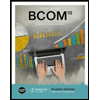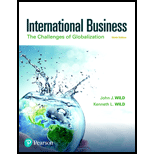
To Determine:
The help national governments can provide to small companies so that they can compete in large trading blocs like the FTAA.
Introduction:
The globalization process has led to the growth of many regional trading blocs like APEC, FTAA, TAFTA, etc. which basically functions to promote international commerce and establish trading rules by reducing government impediments to free trade across borders.
The so-called Globalization process in recent years has seen the creation and growth of many regional trading blocs and forums, including APEC (Asian Pacific Economic Cooperation forum), ASEAN (Association of Southeast Asian Nations), the EU (European Union), FTAA (Free Trade Area of the Americas), NAFTA (North American Free trade Agreement) and TAFTA (Transatlantic Free Trade Agreement). A primary function of most of these blocs is to promote international commerce and trade, principally by reducing the impediments to free trade across international borders. Barriers to free trade include such governmental devices as import tariffs and quotas, quarantine restrictions on imported agricultural produce, and government subsidization of local produce over imported goods.
Want to see the full answer?
Check out a sample textbook solution
Chapter 8 Solutions
Pearson eText International Business: The Challenges of Globalization -- Instant Access (Pearson+)
- I won't to this question answer general Accountingarrow_forwardI need this question answer general Accountingarrow_forwardCrystal Bay Hospital's central supply tracks sterile items using a batch code system. When opening count shows 240 items, used items logged as 185, damaged items recorded as 15, but closing count reveals 25 items, what is the unaccounted variance?arrow_forward
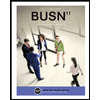 BUSN 11 Introduction to Business Student EditionBusinessISBN:9781337407137Author:KellyPublisher:Cengage Learning
BUSN 11 Introduction to Business Student EditionBusinessISBN:9781337407137Author:KellyPublisher:Cengage Learning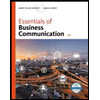 Essentials of Business Communication (MindTap Cou...BusinessISBN:9781337386494Author:Mary Ellen Guffey, Dana LoewyPublisher:Cengage Learning
Essentials of Business Communication (MindTap Cou...BusinessISBN:9781337386494Author:Mary Ellen Guffey, Dana LoewyPublisher:Cengage Learning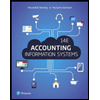 Accounting Information Systems (14th Edition)BusinessISBN:9780134474021Author:Marshall B. Romney, Paul J. SteinbartPublisher:PEARSON
Accounting Information Systems (14th Edition)BusinessISBN:9780134474021Author:Marshall B. Romney, Paul J. SteinbartPublisher:PEARSON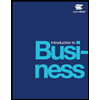
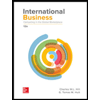 International Business: Competing in the Global M...BusinessISBN:9781259929441Author:Charles W. L. Hill Dr, G. Tomas M. HultPublisher:McGraw-Hill Education
International Business: Competing in the Global M...BusinessISBN:9781259929441Author:Charles W. L. Hill Dr, G. Tomas M. HultPublisher:McGraw-Hill Education